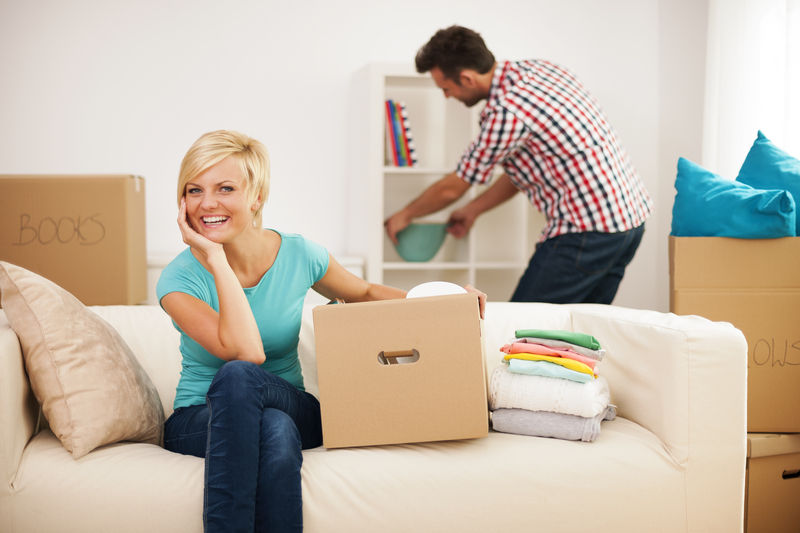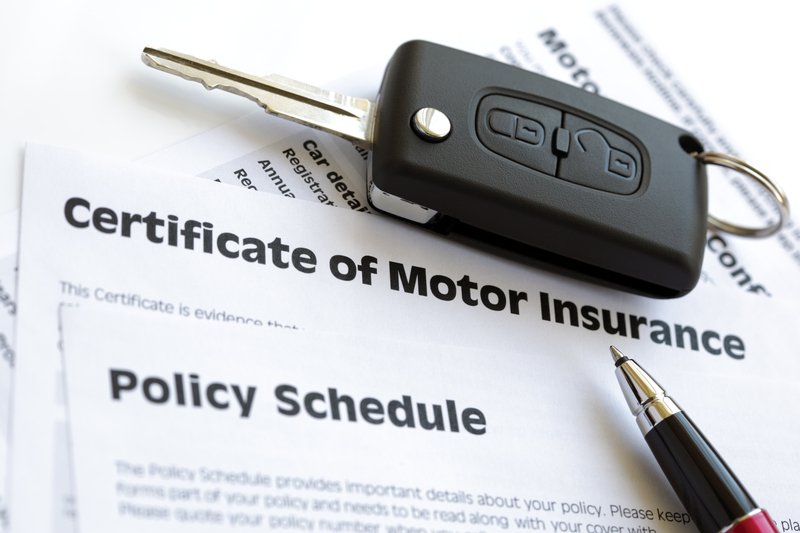Why Taking on a Piano Move Yourself Is Risky and What You Should Consider First
Moving to a new home is often described as one of life's most stressful events. Throw a piano into the mix, and the stakes get even higher. While you might be tempted to save money and attempt a DIY piano move, the risks and challenges can be far greater than most anticipate. This guide will delve into why handling a piano move by yourself is so risky, what hazards to be aware of, and what essential factors you should consider before making any decisions.

The Unique Challenges of Moving a Piano
Pianos are not just another piece of furniture. They are intricate, delicate instruments composed of thousands of moving parts. Whether you own an upright or a grand piano, it's crucial to understand why a piano is one of the most complicated and potentially dangerous items to move.
The Sheer Weight and Size of Pianos
- Upright pianos typically weigh between 300 to 800 pounds.
- Baby grand and grand pianos can weigh anywhere from 500 to over 1,300 pounds.
- Pianos are often large and awkwardly shaped, making them difficult to maneuver in tight spaces.
The sheer size and weight alone make piano moving a two-fold risk: personal injury and property damage.
The Fragility Factor: More Than Just Heavy
- The delicate internal components (strings, hammers, soundboard) are easily damaged by jarring vibrations and bumps during a move.
- Pianos have sensitive legs and pedals that can crack or snap under stress.
- Even seemingly minor mishandling can cause long-term tuning issues or irreparable damage.
When considering a piano relocation, people often underestimate just how vulnerable their prized instrument really is.
The Main Risks of Moving a Piano Yourself
Before you opt for a self-move, it's essential to acknowledge the primary dangers involved in transporting a piano on your own.
1. Physical Injury
Pianos are dangerously heavy. Handling a piano move without professional help can quickly lead to:
- Back injuries and muscle strains due to improper lifting techniques.
- Crushed fingers and toes if the piano slips or is mishandled.
- Risk of dropping the piano, which could cause severe accidents for yourself or helpers nearby.
- Pianos can tip over unexpectedly, leading to potential life-altering injuries.
2. Damage to the Piano
An improperly handled piano move can result in:
- Scratches, chips, and dents on both the case and keys.
- Broken legs or pedals.
- Mishandling can cause internal misalignment, leading to poor sound or catastrophic repair costs.
3. Damage to Property
- Pianos can dent walls and scratch floors while being maneuvered through tight spaces.
- Dropping a piano can cause significant structural damage to stairs or entryways.
- Improper loading onto a truck can damage the vehicle or other furniture inside.
4. Transportation Hazards
- Pianos must be carefully secured in transit to prevent shifting or tipping.
- Inadequate padding leads to surface and internal damage from road vibrations.
- Extreme temperatures during transit can affect the wood and pitch stability.
Taken together, these hazards clearly illustrate why a do-it-yourself piano move is a risky undertaking.
What You Must Consider Before Attempting a DIY Piano Move
If you're still contemplating a self-move, consider the following critical factors before making a decision.
1. Size and Type of the Piano
- Upright pianos are somewhat easier to maneuver but are still extremely heavy and awkward.
- Grand pianos require disassembly and specialized equipment for safe transport.
- The complexity and risk increase dramatically with larger instruments.
2. The Moving Path
- Are there stairs, narrow doorways, or sharp turns involved?
- Check the width of all passageways and measure against the piano's dimensions.
- Look for uneven surfaces, loose rugs, or tight landings that complicate the move.
3. Number and Strength of Helpers
- Do you have enough capable adults to help?
- Do your helpers understand proper lifting techniques?
- Even with enough people, improper coordination can result in injury or damage.
4. The Right Equipment
- At a minimum, a piano dolly, heavy-duty straps, moving pads, and ramps are needed.
- Professional piano movers use specialized boards, braces, and climate-proofing materials.
- Improvising with household tools is a recipe for disaster.
5. Transportation Logistics
- Is your moving vehicle large enough and equipped for a piano?
- Pianos require careful bracing to prevent movement in transit.
- Do you have a plan for securing the piano and for careful loading/unloading?
If any of these aspects give you pause, it's a strong indication that hiring professional piano movers is a safer, wiser option.
The Benefits of Hiring Professional Piano Movers
Professional piano movers have the experience, tools, and know-how to eliminate risk and move your valuable instrument safely. The benefits are undeniable:
- Expertise: Professionals are trained to handle any size or type of piano in a variety of situations.
- Specialized equipment: Movers use industry-standard tools, padding, ramps, and braces designed for pianos.
- Insurance: Reputable movers are insured, so any rare mishap is covered.
- Risk reduction: Professionals can maneuver pianos through tight spaces, down stairs, or across awkward corners with far less risk of damage or injury.
- Peace of mind: You can rest assured your prized instrument is in expert hands.
How Professionals Manage Difficult Piano Moves
With a trained team, professional movers will:
- Assess both the piano and the moving environment.
- Disassemble parts of the piano as necessary for safe moving.
- Use piano boards, dollies, and heavy-duty straps to secure the instrument.
- Pads and wraps protect the finish from scratches and dings.
- Plan the moving route meticulously to avoid obstacles and hazards.
- Safely secure the piano in the moving vehicle and monitor stability throughout the transport.
Hidden Costs of a DIY Piano Move
The main reason for attempting a DIY piano move is usually cost-saving. However, the risks and possible expenses can quickly add up:
- Medical expenses from injuries sustained during the move.
- Repair costs for damaged pianos, sometimes exceeding the price of professional movers.
- Home repair costs for any property damage caused during transit or maneuvering.
- Cost of renting or purchasing proper moving equipment.
- Tuning and regulation costs: Even minor bumps can require professional tuning afterward.
- Potential loss of the instrument's value if damage is irreversible.
In comparison, hiring professional movers can actually save you money--and spare you the heartache of a damaged or destroyed piano.

Frequently Asked Questions About Piano Moves
Can any moving company move a piano?
Not all moving companies have the expertise to handle pianos. It is critical to choose specialized piano movers who are experienced with the unique challenges these instruments pose.
Can I move a small upright piano by myself?
Even small upright pianos are extremely heavy and awkward. Without the right tools and techniques, moving them yourself is still risky, both for your health and for the safety of your property and the instrument.
Is it ever safe to move a piano myself?
Unless you have extensive moving experience and the right equipment, a DIY piano move is seldom safe. Evaluate all risks, and when in doubt, call the pros.
How do piano moving costs compare to repairs?
The cost to repair a damaged piano after a failed DIY move can easily exceed the price charged by professional piano movers. Remember, some damage (such as to the soundboard or internal mechanics) can be irreversible.
Piano Moving: When to Seek Professional Help
In summary: Moving a piano by yourself is risky due to its weight, size, delicacy, and the hazards of both injury and damage. The risk extends to both your well-being and the investment you have made in your musical instrument. Your safest path is often to call experienced piano movers who can guarantee expert handling and peace of mind.
- Before attempting a DIY piano move, critically assess your home's layout, the instrument's weight, and your own abilities.
- Factor in not only direct costs, but potential hidden costs--including damage and injury.
- Professional piano movers provide value that extends far beyond just the physical relocation of your instrument.
Your Piano Deserves the Best Care
A piano is more than just a heavy object: it's a beautifully crafted, irreplaceable instrument. Whether you are moving an upright or a grand, value the time, artistry, and investment that your piano represents. For most people, the safest, smartest, and most cost-effective solution is to entrust your move to piano moving professionals.
If you're preparing for a move, think twice before taking on a piano move yourself. The risks are considerable, but with the right team, your piano will fill your new home with music for years to come.



